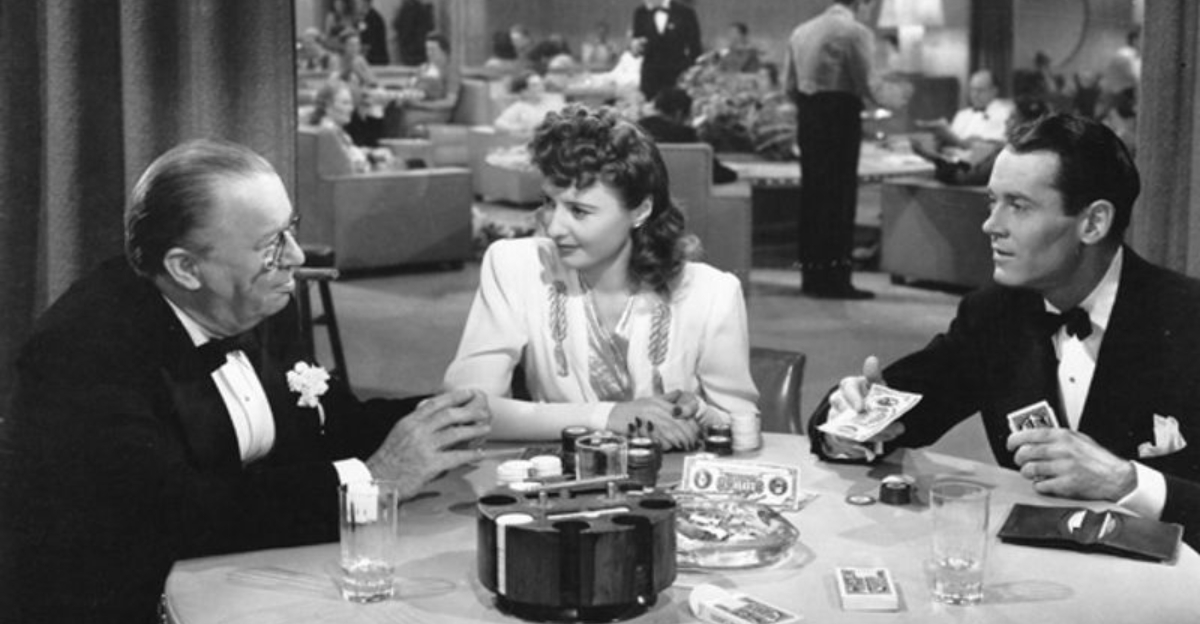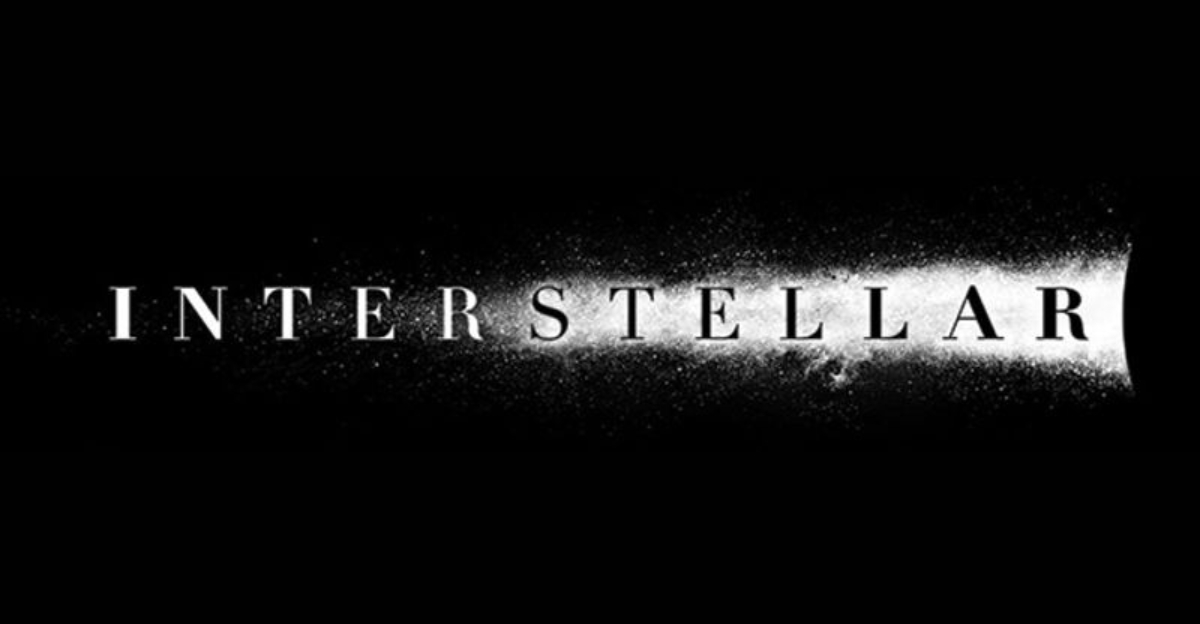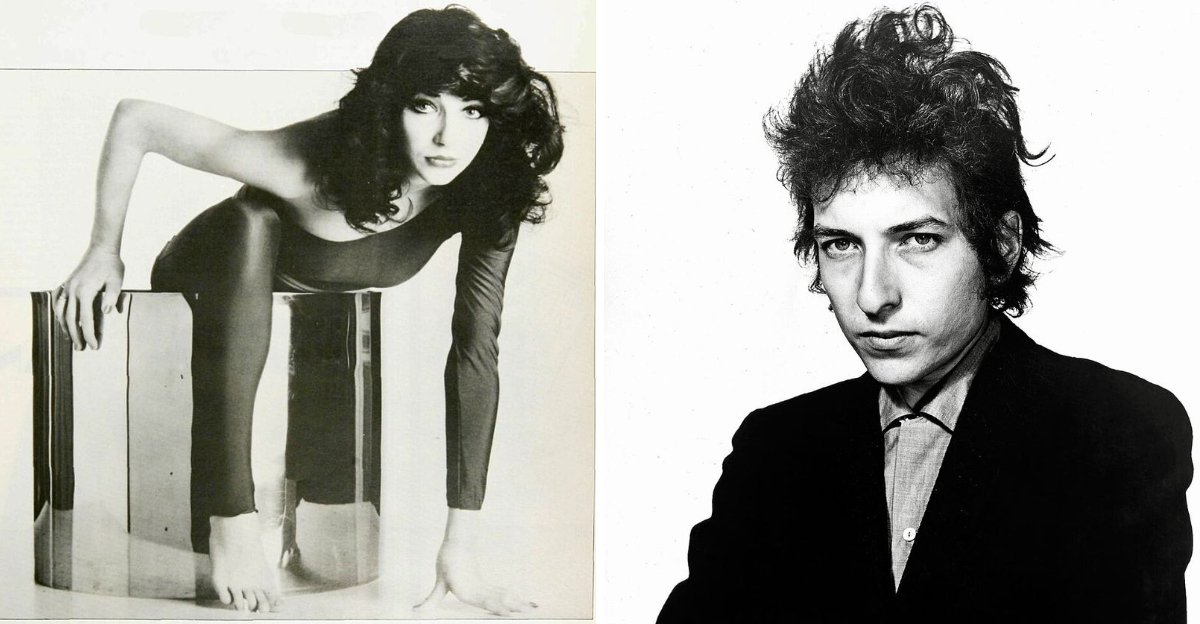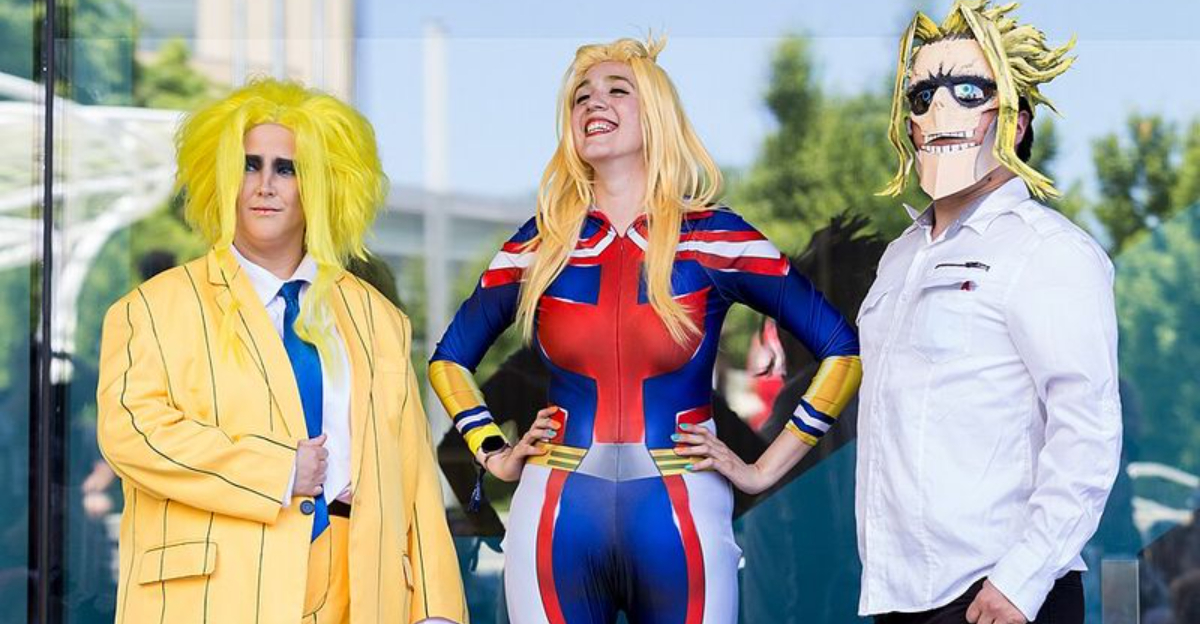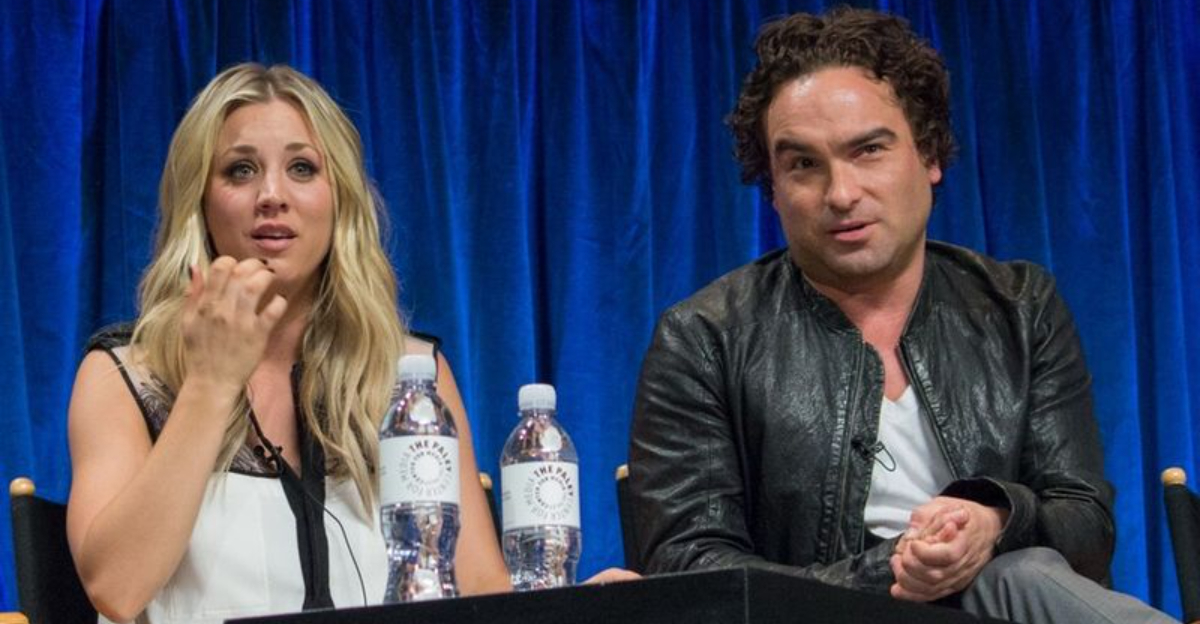Quentin Tarantino’s 9 Favorite Westerns That Inspired His Style
Quentin Tarantino has always been obsessed with movies, especially Westerns that break the rules and push boundaries.
His films burst with gunfights, revenge tales, and morally complicated characters straight out of classic cowboy flicks.
By studying what inspired him, you’ll understand why his movies feel both fresh and familiar. Here are the nine Westerns that shaped one of cinema’s most distinctive voices.
1. The Good, The Bad And The Ugly
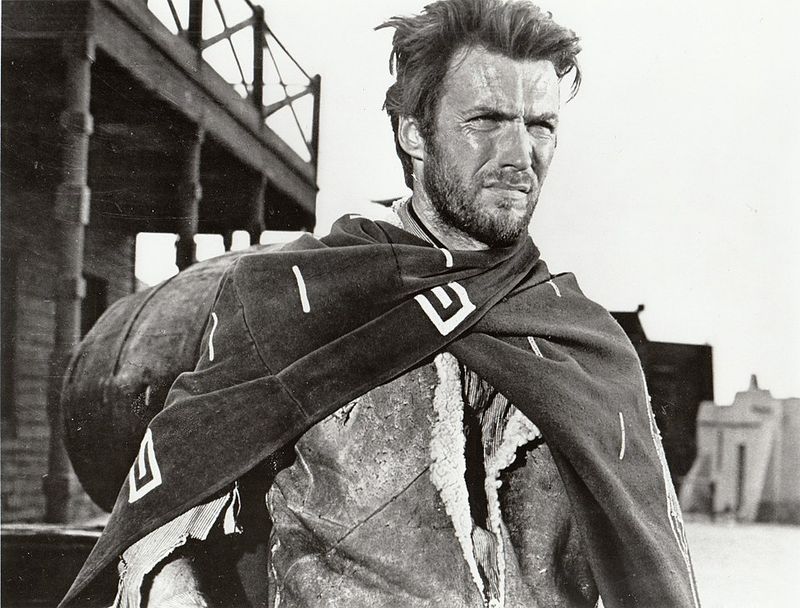
Sergio Leone’s masterpiece isn’t just a Western. It’s a three-hour symphony of stare-downs, sweaty close-ups, and Ennio Morricone’s unforgettable score that makes every gunfight feel like an opera.
Blondie, Angel Eyes, and Tuco hunt buried gold during the Civil War, but nobody’s exactly heroic here. Tarantino borrowed Leone’s love of long, tense silences before explosive violence.
Watch how characters communicate through glances rather than words, a technique Tarantino perfected in his own standoffs.
2. Once Upon A Time In The West
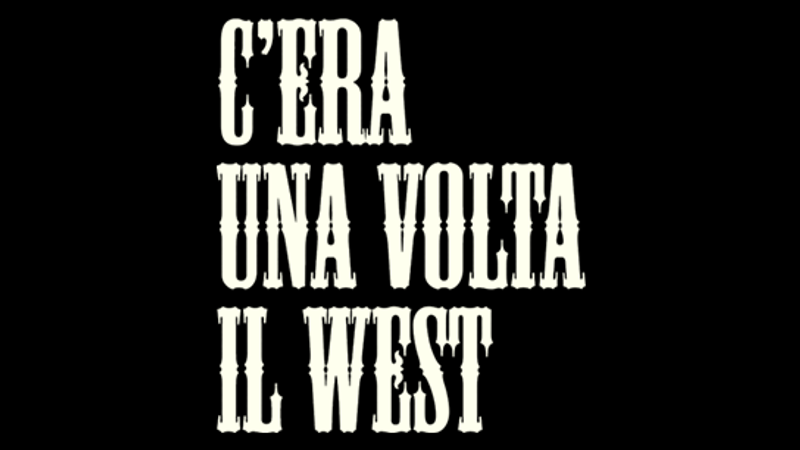
Leone outdid himself with this slow-burning revenge story that opens with maybe the longest, most tension-filled scene in Western history. Three gunmen wait at a train station, swatting flies and listening to a windmill creak.
When Harmonica finally arrives, you understand that patience creates better payoffs than rushing. Charles Bronson’s mysterious character inspired Tarantino’s fascination with enigmatic antiheroes who let actions speak louder than backstories.
3. The Wild Bunch
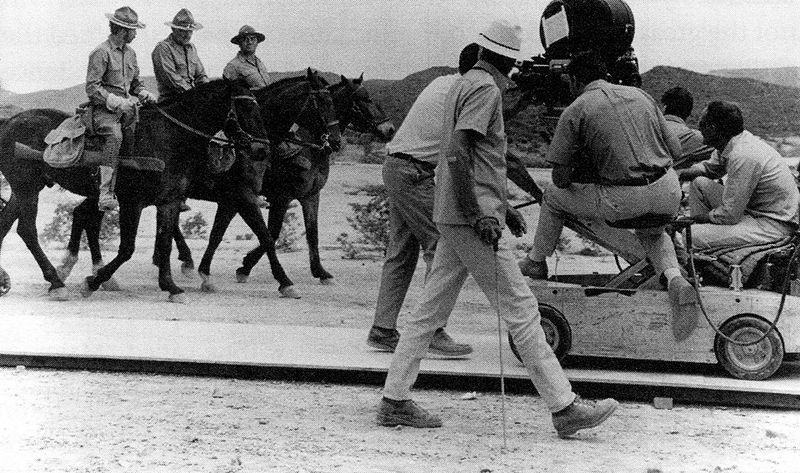
Sam Peckinpah revolutionized screen violence with this brutal tale of aging outlaws making one last score. Slow-motion bloodshed had never looked so balletic or horrifying.
William Holden leads a gang realizing that the Old West is dying around them, just like they are. Tarantino’s fascination with obsolete criminals facing changing times comes straight from Peckinpah’s playbook.
Every squib explosion feels choreographed yet chaotic.
4. Django

In Django, Franco Nero drags a coffin through mud in what might be the coolest entrance ever filmed. What’s inside that coffin becomes one of cinema’s great reveals, and the whole movie oozes style over realism.
Sergio Corbucci directed this ultra-violent revenge tale that inspired Tarantino to name his own 2012 Western after it. Mud replaces sand, making everything feel grimier and more desperate than typical cowboy movies.
5. High Plains Drifter
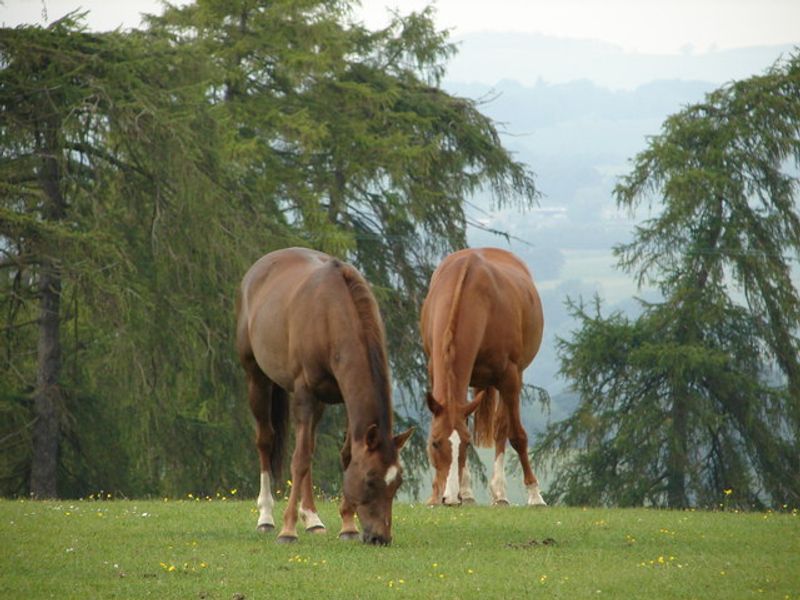
A nameless stranger, who might actually be a ghost, rides into a cowardly town that hires him for protection, but he has other plans involving lots of red paint in High Plains Drifter, a supernatural revenge Western starring and directed by Clint Eastwood.
Nobody knows if he’s real, dead, or something in between. Tarantino absorbed Eastwood’s love of ambiguous protagonists who punish guilty communities.
6. Rio Bravo
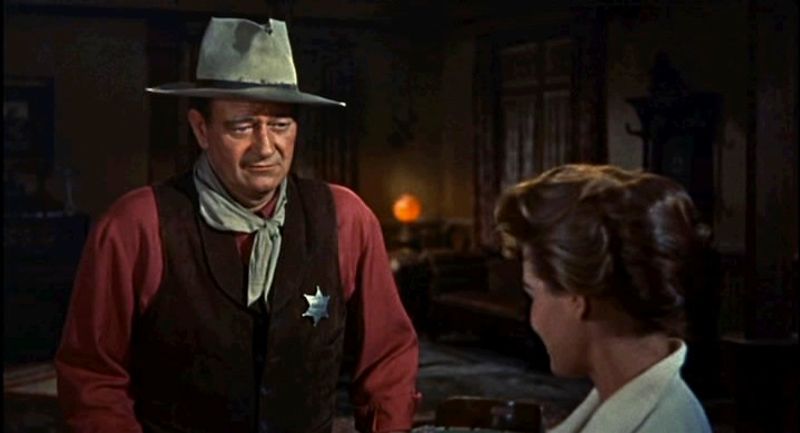
Howard Hawks created the ultimate hangout Western where plot takes a backseat to characters just talking and being cool together. John Wayne’s sheriff holds a prisoner while a drunk, a kid, and an old man help him survive.
Tarantino loves movies where people sit around discussing nothing important before violence erupts. Dean Martin’s redemption arc as the alcoholic deputy adds emotional weight without getting preachy or sentimental.
7. The Outlaw Josey Wales

A farmer-turned-outlaw seeks revenge after Union soldiers murder his family during the Civil War, but revenge gradually transforms into redemption as he collects misfits who become his new family in The Outlaw Josey Wales, starring Clint Eastwood.
Josey spits tobacco with perfect timing and delivers one-liners that inspired Tarantino’s own snappy dialogue. Character development happens naturally through action rather than exposition.
Violence serves the story instead of existing just for shock value.
8. A Fistful Of Dollars
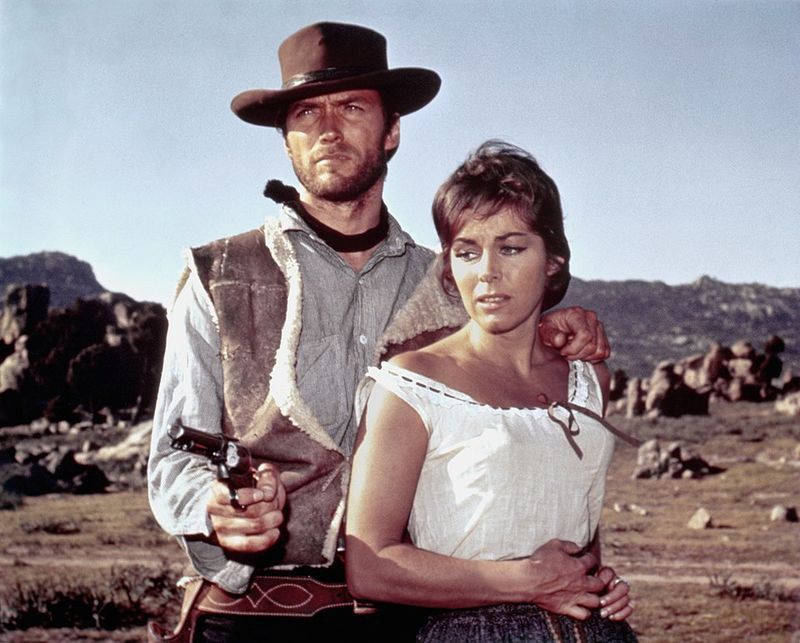
Sergio Leone launched the Spaghetti Western genre by reimagining a samurai film as a cowboy movie. Clint Eastwood’s poncho-wearing stranger plays two rival families against each other in a dusty Mexican border town.
Morricone’s score uses whistles, guitars, and gunshots as instruments. Tarantino learned that stealing from other genres isn’t copying but reinvention.
Extreme close-ups of squinting eyes became Leone’s signature that Tarantino frequently references.
9. Pat Garrett And Billy The Kid
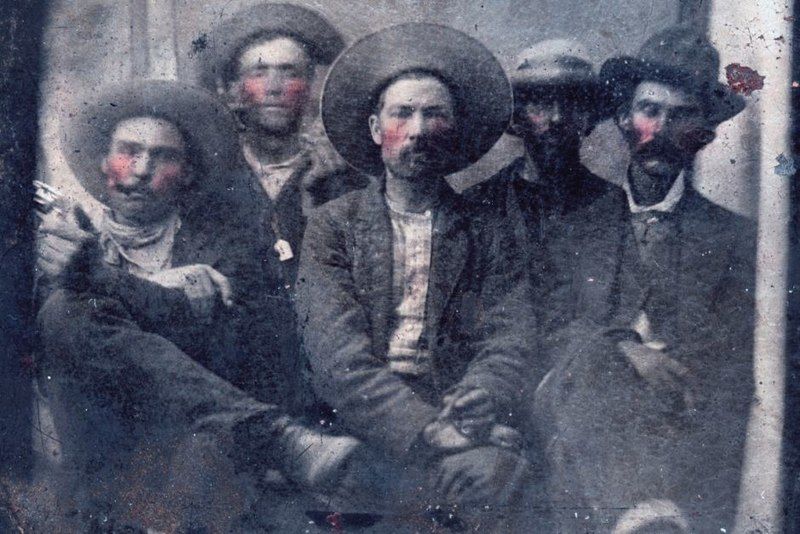
I bet you’ve seen the elegiac Western that explores friendship torn apart by duty and changing times. James Coburn’s aging sheriff must hunt down Kris Kristofferson’s Billy, his former friend, as the frontier closes forever.
Bob Dylan’s haunting soundtrack perfectly captures the movie’s mournful tone. Tarantino recognized how Peckinpah made violence sad rather than exciting, showing consequences instead of glorifying gunfights.
Loyalty becomes complicated when survival demands betrayal.

